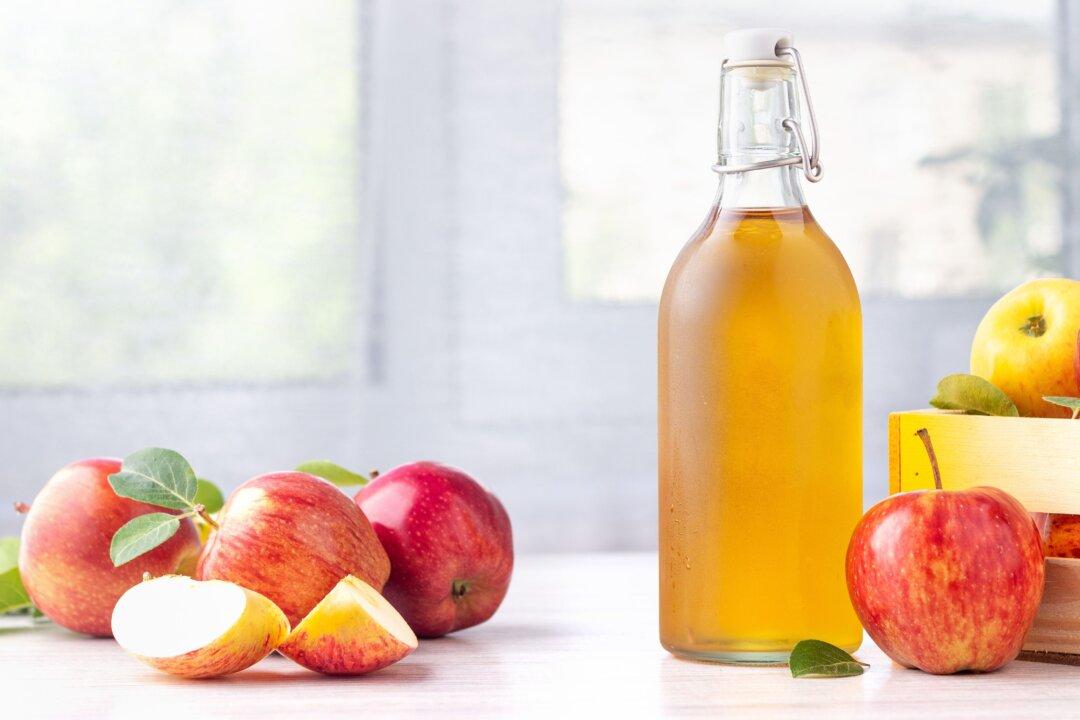Running short of disinfectant amidst the crush of coronavirus panic buying? You might have an option you didn’t even realize.
Vinegar is a product of fermentation. Making apple cider vinegar involves two processes. In the first stage of fermentation, sugars are turned into alcohol, then that alcohol ferments again and turns into vinegar. The main ingredient in apple cider vinegar is acetic acid, which has been singled out as an especially healthful tonic.





